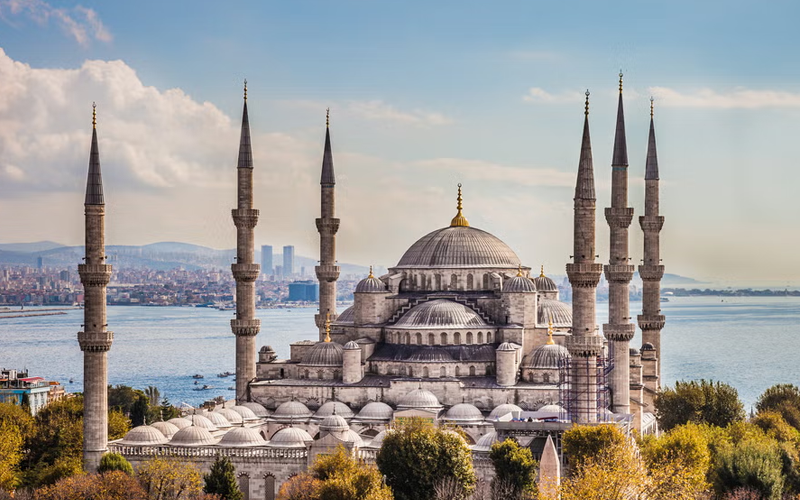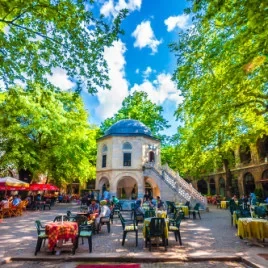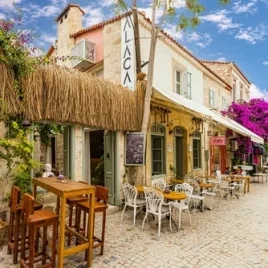Home / Destinations / Turkey / Istanbul
Blue Mosque

Overview
Also known as the Sultan Ahmed Mosque, the Blue Mosque is a historical and architectural wonder in Istanbul, Turkey. It was constructed in the early 17th century under Sultan Ahmed I and is a magnificent example of Ottoman design and architectural influence. It is known as the "Blue Mosque" because of the gorgeous blue tiles that decorate the interior of the structure and leaves a mesmerizing visual impression upon first sight.
Things to Know Before Visiting
- Suggested Tour Duration: 1-2 hours
- Entry Fee: Free To Visit
- Opening Hours: 9 AM to 6 PM (Closed during Prayer)
Note: Visitors are required to follow the modicum of visiting a religious landmark by dressing appropriately.
More Istanbul Destinations
Recommended Packages













